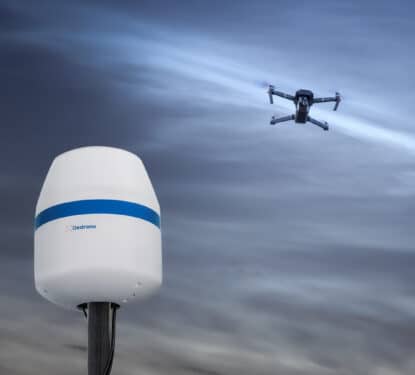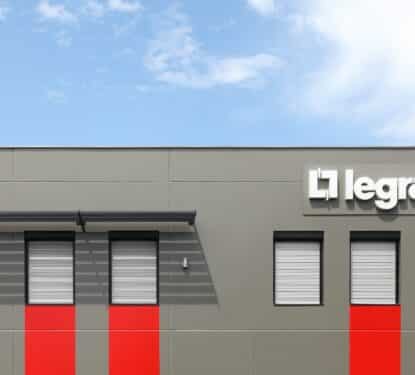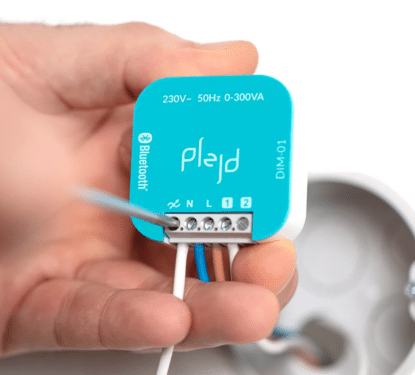Continuing our series of articles on Innovation we talked to Dave Bartlett, Vice President, IBM Smarter Physical Infrastructure, about IBM's vision for the Smart Building market and the key emerging technologies.
There seem to be many definitions of 'Smart' Buildings. How do you define 'Smart' and what is IBM's vision for this market? Is it just about reducing energy consumption?
IBM talks about "Smarter Buildings" to recognize that there is an established market for building management and control systems. ‚Â What we can add to that with today's technologies is integration with IT systems to add big data and analytics to the equation, to more intelligently operate and manage a portfolio of buildings.
This starts with an integrated suite of IWMS software to improve the management of a real estate and facilities portfolio, and includes a connection to individual building control systems, gathering of sensor and meter data, normalizing it, and applying advanced analytics that have been developed using best practices. ‚Â In addition, this insight can be used to more efficiently maintain and run the buildings at a reduced energy cost and carbon footprint, with improved reliability and space utilization.
Ultimately, the goal of making anything “smarter” is to ensure that the technology used behind the scenes is actually helping improve something for people. In the case of buildings, we want to provide an infrastructure that provides a comfortable, clean and safe workplace, for example. For building owners and lessees, we hope the technology will help them manage these investments more efficiently and in ways that not only minimize cost, but reduce carbon footprint.
What do you see as the key emerging technologies shaping the future of Smart Buildings?
Analytics of sensor and meter data is clearly one area that is shaping the future. ‚Â While some intelligence makes sense at the controller level, the ability to have a common set of best practice based analytics operating against normalized data from the buildings, offers significant progress, especially for those enterprises or organizations looking to optimize a large building portfolio.
Another area of emerging technology is the area of building life cycle management. ‚Â The growing adoption of Building Information Management (BIM) is key to reducing rework, handover costs, and management costs for new construction and retrofits.
How will future Smart Buildings connect to the electrical grid and / or other energy sources?
Smarter buildings will eventually become an active participant in the smart grid, optimizing energy consumption dynamically through exchange of information with the utility on demand based pricing. ‚Â They will also take advantage of renewables on sight, and able to resell energy generated on site back to the grid.

David B. Bartlett, Vice President, IBM Smarter Physical Infrastructure
David Bartlett leads IBM’s Smarter Buildings initiative, helping clients create more green, cost-efficient cities, campuses, corporate offices, commercial sites, casinos, hospitals and neighborhoods worldwide. As IBM’s “Building Whisperer,” he is a vocal advocate in the news and at industry events for using data analysis to improve how buildings function and tame wasteful energy practices.
You can follow Dave on twitter at @davebart and read his posts on IBM’s Smarter Planet Blog at http://asmarterplanet.com/



